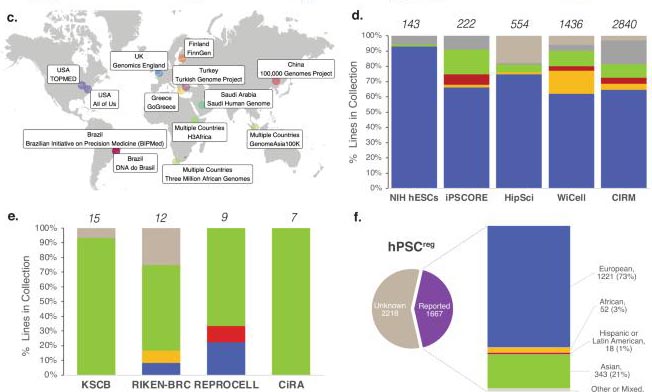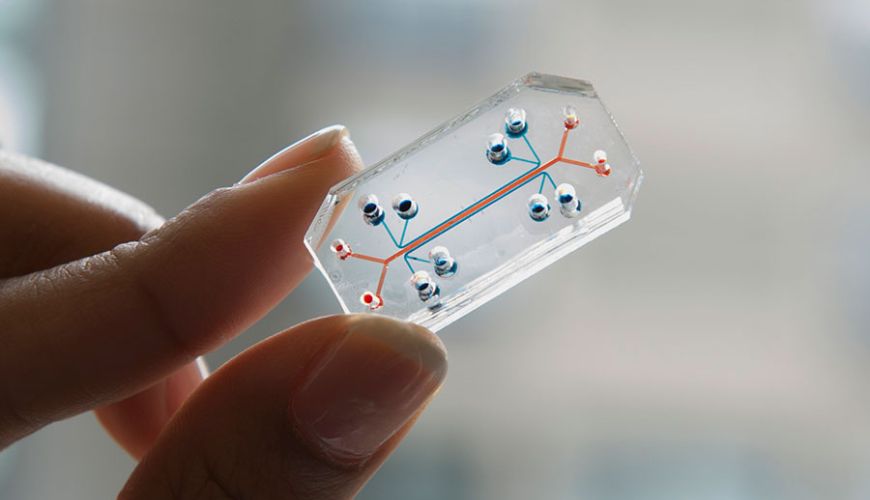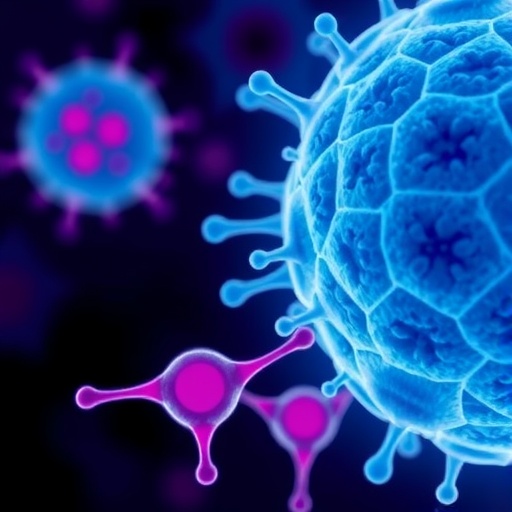By Sulagna Ghosh, Ralda Nehme & Lindy E. Barrett Nature Communications
While there are a growing number of human pluripotent stem cell repositories, genetic diversity remains limited in most collections and studies. Here, we discuss the importance of incorporating diverse ancestries in these models to improve equity and accelerate biological discovery.
Genetic diversity in genome research and stem cell repositories
Over the past twenty years, the field of human genetics has advanced tremendously (Fig. 1a), providing crucial insights about risk variants and protective alleles underlying a range of complex diseases. Individual genomes can now be sequenced for less than $6001 and large population-based biobanks are allowing researchers to directly link genetic profiles to disease phenotypes. Despite these advances, a well-documented issue in existing genomic data is the inadequate representation of samples with non-European ancestries2. For instance, in genome wide association studies (GWAS), commonly used to discover connections between disease risk and genomic variants, most participants are of European ancestry (95.76%)3. Participants of Asian ancestry collectively represent 2.9%, while participants of African ancestry and participants of Hispanic/Latin American ancestries make up less than 1%.




